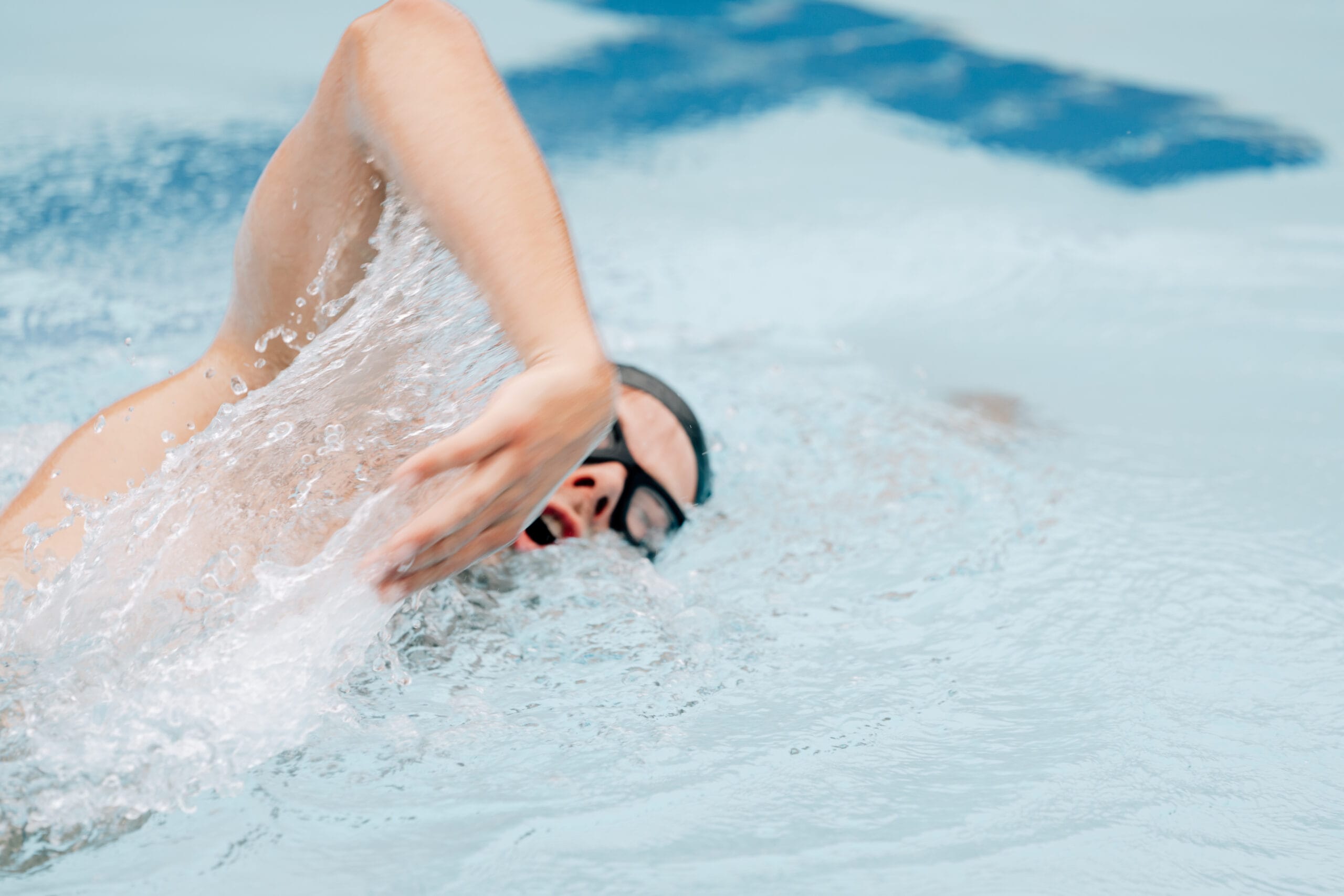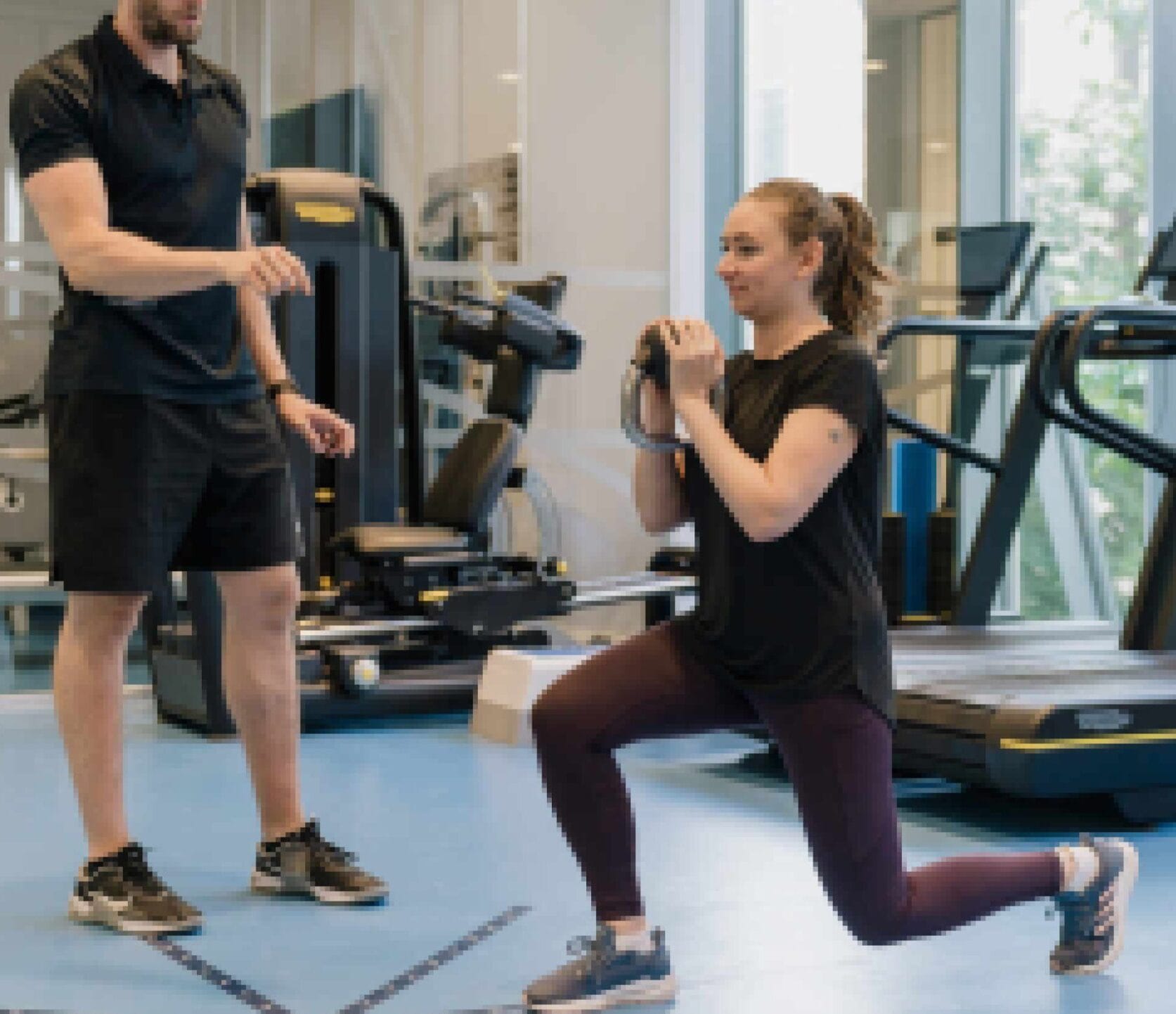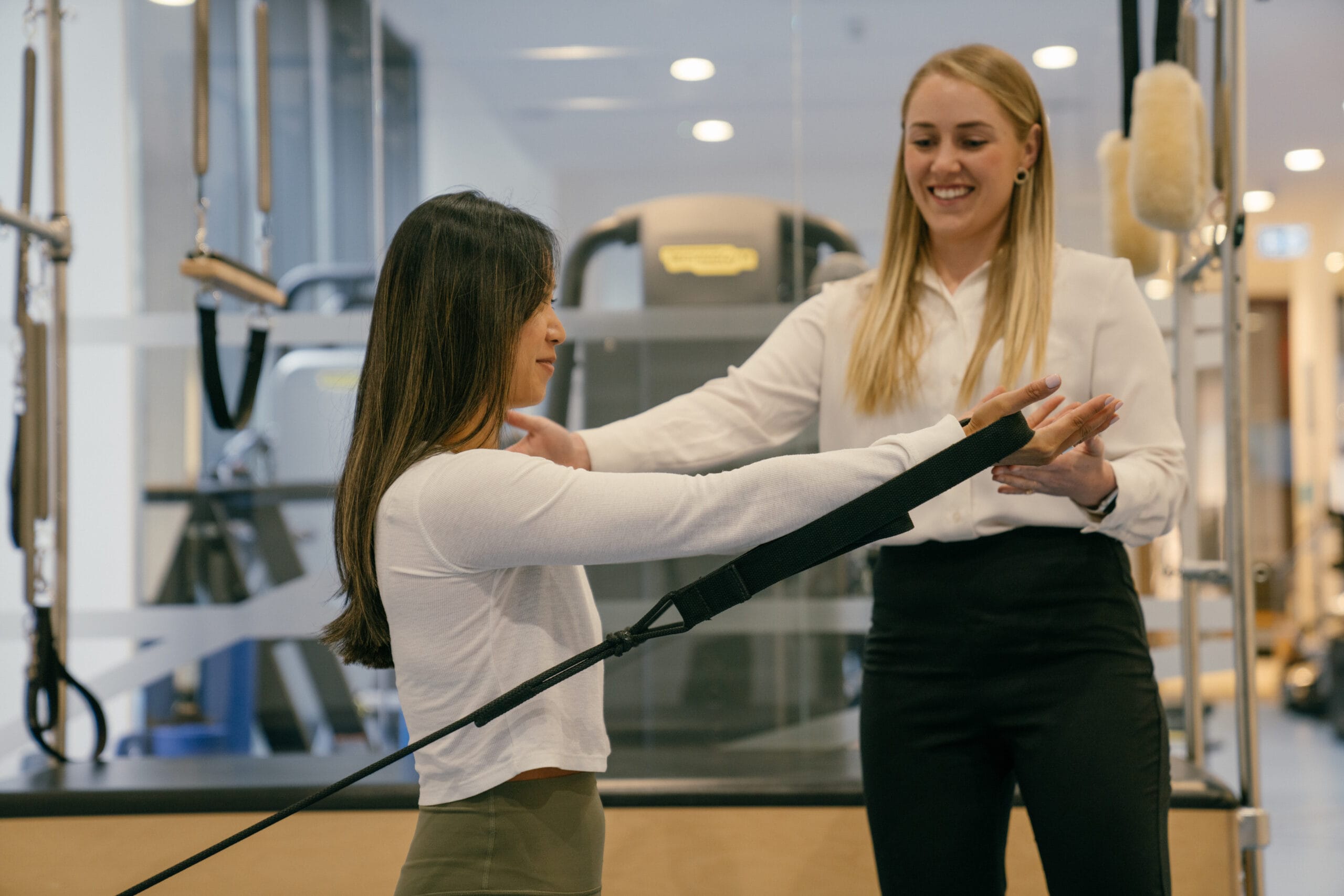Youth Athlete Development and Overuse Injuries

Jason Walker
Physiotherapist
- 10 July, 2025
- Young Athletes
- Overuse Injuries
- Physiotherapy
- Strength & Conditioning
- 6 min read
Youth sport participation continues to grow, and with it comes incredible opportunities for development, fun, and lifelong health benefits. But alongside the benefits, we’re also seeing a rise in injuries – particularly overuse injuries that result from too much, too soon, without enough time for rest and recovery.
The good news? These injuries are preventable. With the right guidance, smart training strategies, and ongoing support, young athletes can build strong foundations for long-term success in sport and physical activity.
In this blog, we’ll explore what overuse injuries are, why growth and development matter, how to train safely, and what parents, coaches, and athletes can do to support healthy development and avoid injury setbacks.
More Than Just Growing Pains: What Are Overuse Injuries?
Overuse injuries in young athletes happen when the same areas of the body are stressed repeatedly without enough rest in between. Unlike sudden injuries (like sprains or fractures), overuse injuries develop slowly, making them harder to spot early on.
Common conditions include Osgood-Schlatter disease (knee pain), Sever’s disease (heel pain), stress fractures, and tendinopathies affecting the knees, elbows, and shoulders. These injuries often impact growth plates – soft areas of developing bone – and can cause long-term issues if not properly managed.
Beyond the physical pain, overuse injuries can disrupt school, social life, and sporting progress.
Research shows they also increase the risk of early sport dropout, with up to 30% of young athletes who suffer a serious overuse injury stop playing their sport altogether (1).
By recognising the early signs and taking proactive steps, we can reduce the risk of overuse injuries and support young athletes in staying active, healthy, and engaged.
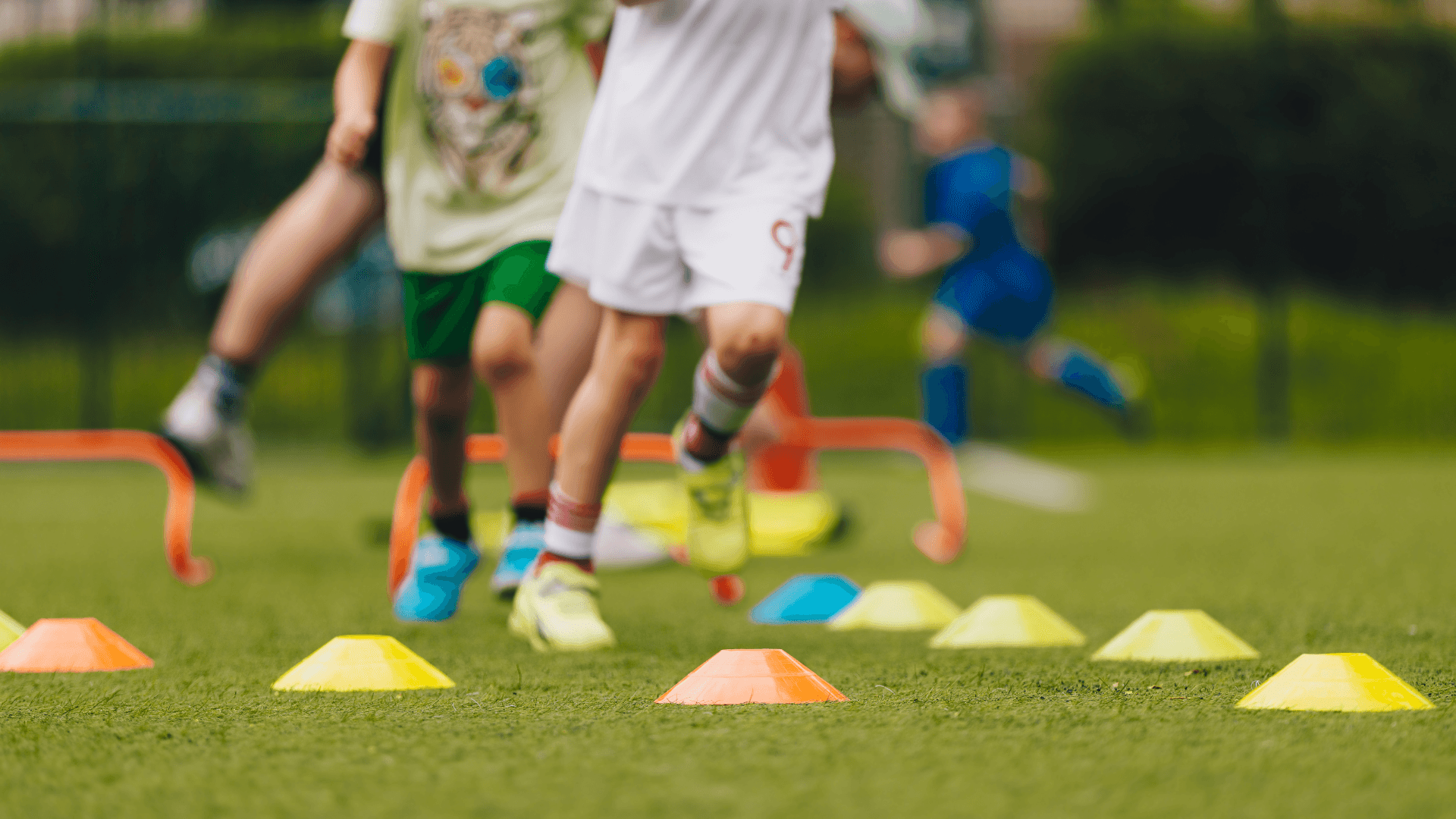
Why Growth Spurts Matter
Every child develops at their own pace, but most girls experience their peak growth between ages 10–12, while for boys it typically occurs between 12–14. This period, known as Peak Height Velocity (PHV), is when young athletes grow rapidly – sometimes as much as 1cm per month.
During the peak growth period, changes in strength, coordination, and flexibility are common. Young athletes often experience temporary drops in performance and increased clumsiness, sometimes called “adolescent awkwardness.” While completely normal, this phase requires special attention because muscles and tendons struggle to keep up with rapid bone growth. The resulting changes and imbalances can put extra stress on joints, making training adjustments crucial to prevent injury.
Athletes who are tall but not yet strong enough to support their new frame (often referred to as “tall and weak”) are particularly vulnerable to issues like Osgood-Schlatter disease. Meanwhile, smaller or less physically developed athletes may be at risk in contact sports due to size mismatches.
That’s why understanding where an athlete is in their growth journey is key. Training, recovery, and expectations should all be tailored to match their current stage of development.
Training Load and Recovery: Finding the Right Balance
It’s easy to assume that more training equals more progress, but when it comes to youth athletes, balance is everything. Overtraining and early specialisation – focusing on one sport all year round – are major contributors to overuse injuries.
Studies have found that young athletes who focus on a single sport year-round before age 12 (known as early specialisation) are at much higher risk of developing overuse injuries compared to those who play multiple sports. This early specialisation typically involves intensive training in one sport for more than 8 months per year.
Children who specialise before age 12-14 not only face higher injury risks but are also more likely to experience mental burnout and quit sports altogether. In contrast, multi-sport athletes demonstrate better long-term development outcomes, including improved athletic performance, lower injury rates, and higher levels of sustained participation in sports.
Excessive training volume in youth athletes can have serious consequences. According to the American Academy of Pediatrics, weekly training hours should not exceed a child’s age. For example, a 12-year-old athlete should train no more than 12 hours a week across all sports and physical activities. Exceeding these guidelines has been linked to overtraining which can lead to increased injury rates, decreased performance, and higher burnout rates.
Recovery becomes even more critical when managing training volume and adolescents need more recovery time than adults to adapt to training. Some key recommendations include:
- 9–10 hours of sleep per night
- At least 1–2 days off from organised sport each week
- 2–3 months off from their main sport each year
Additionally, young athletes should have at least 48 hours between high-intensity sessions targeting the same muscle group.
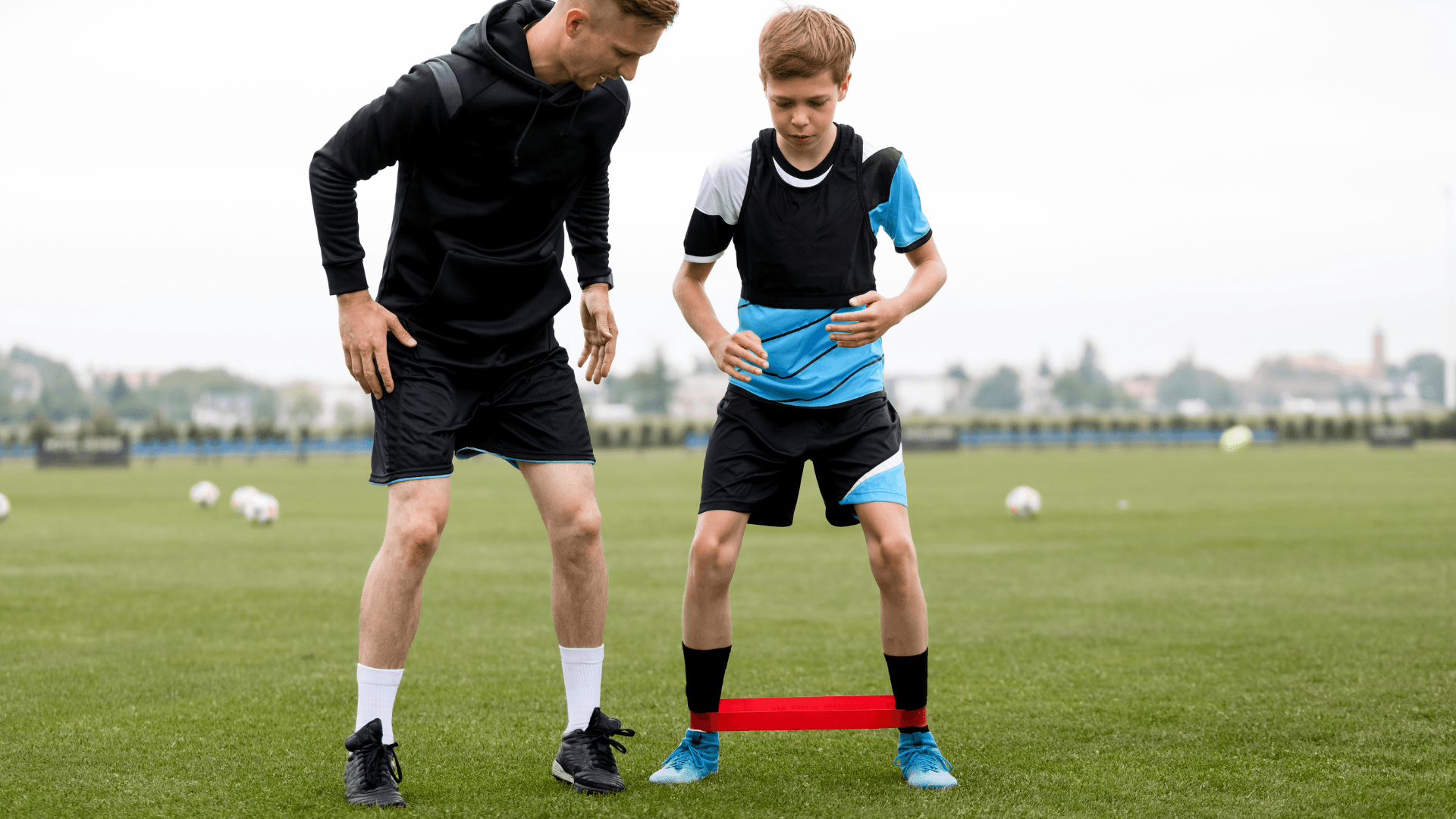
Smarter Strength Training for Growing Bodies
One common myth is that resistance training is unsafe for children and teens. The reality? When done properly, strength training is not only safe but essential for injury prevention and performance.
Supervised strength training can improve muscle coordination, boost bone health, and reduce injury risk. Most of the gains in younger athletes come from improved neuromuscular control – not from building bulky muscles.
Studies have shown that when children participate in properly supervised strength training for 2-3 months, they can become significantly stronger – often improving their strength by 30-50% (2). These improvements help build a strong foundation as young athletes continue to develop.
Here’s what a good youth resistance program should include:
- A focus on bodyweight exercises to start
- Proper technique before increasing resistance
- Sessions 2–3 times per week, covering all major muscle groups
- 1–2 sets of 8–15 reps to begin with
- Rest days between resistance sessions to support recovery
A structured, long-term approach to training is essential. Just like children learn to crawl before they walk, young athletes need to master basic movements before attempting more complex skills. This is where professional coaching becomes crucial – they can assess each child’s development stage and adjust training accordingly.
For example, younger children (ages 6–11) should focus on fundamental skills like running, jumping, and basic coordination exercises. As they grow and develop (ages 12–15), coaches can gradually introduce more challenging movements and light resistance training. Only when athletes show readiness (usually mid-to-late teens) should they progress to more intense, sport-specific training.
This gradual progression helps prevent injuries and ensures sustainable athletic development. Working with qualified coaches who understand these developmental stages is key – they can create individualised training plans that match each athlete’s growth and skill level.
Prevention Starts with Early Detection
The key to preventing sports injuries lies in early detection and swift action. Parents play a crucial role in monitoring their young athletes for signs of potential overtraining or developing injuries. Beyond just watching for physical symptoms, it’s important to consider the whole picture – including academic stress, sleep quality, and overall well-being.
Common warning signs that parents should look out for include:
- Persistent muscle or joint pain that doesn’t improve with rest
- Declining performance in training or competition
- Changes in mood, energy levels, or sleep patterns
When these warning signs appear, a comprehensive approach to prevention becomes essential. This should start with a professional assessment, including a movement evaluation to identify any patterns that might contribute to injury. Based on this assessment, specialists can create tailored mobility and strength routines that target specific areas of concern.
Recovery strategies should be tailored to each athlete’s needs. This might include structured stretching programs, gentle foam rolling, or soft tissue massage therapy treatments.
During periods of high academic stress, such as exam times, training intensity should be adjusted accordingly.
A well-designed youth sports program should incorporate these key elements:
- Progressive training loads with regular monitoring and adjustment
- Personalised warm-up and cool-down routines
- Age-appropriate exercise selection and intensity
- Regular communication between coaches, parents, healthcare providers, and athletes
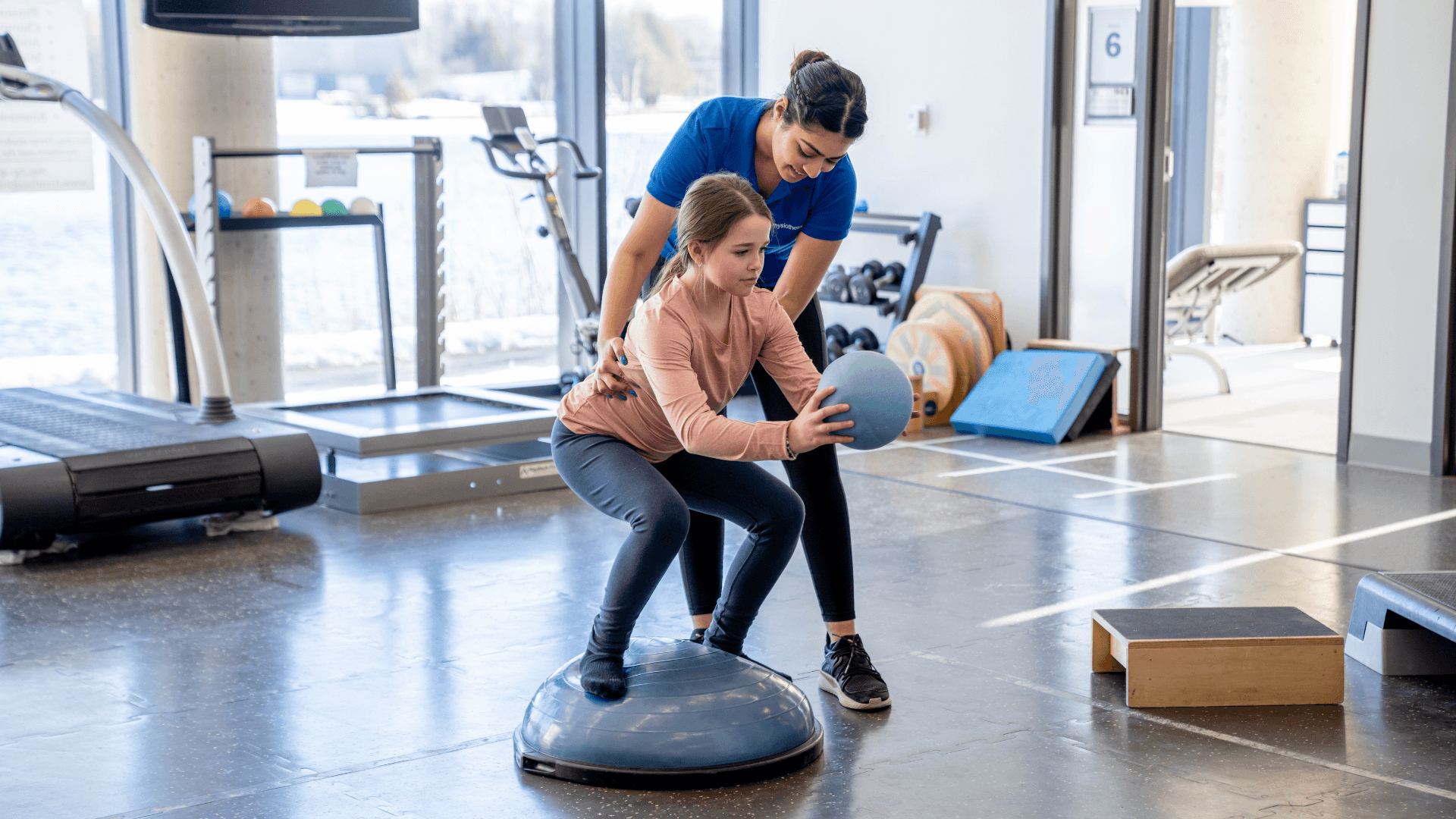
Creating a Healthy, Sustainable Athletic Journey
Supporting young athletes goes beyond injury prevention – it’s about fostering a lifelong love for physical activity. While injury risk increases during growth periods, proper training and recovery management can minimise these risks.
Success comes from combining growth awareness, smart training, and early intervention. This creates confident athletes who enjoy their sporting journey long-term.
Key priorities for development include:
- Building diverse movement skills through multiple sports
- Ensuring safe progression with appropriate training loads
- Maintaining clear communication between all parties
- Creating positive, enjoyment-focused environments
The goal is helping young people develop lasting enthusiasm for physical activity.
Smart training and support systems create opportunities for athletes to thrive both in and out of sports.
This comprehensive approach develops not just athletic ability but builds resilient individuals who maintain an active lifestyle into adulthood.
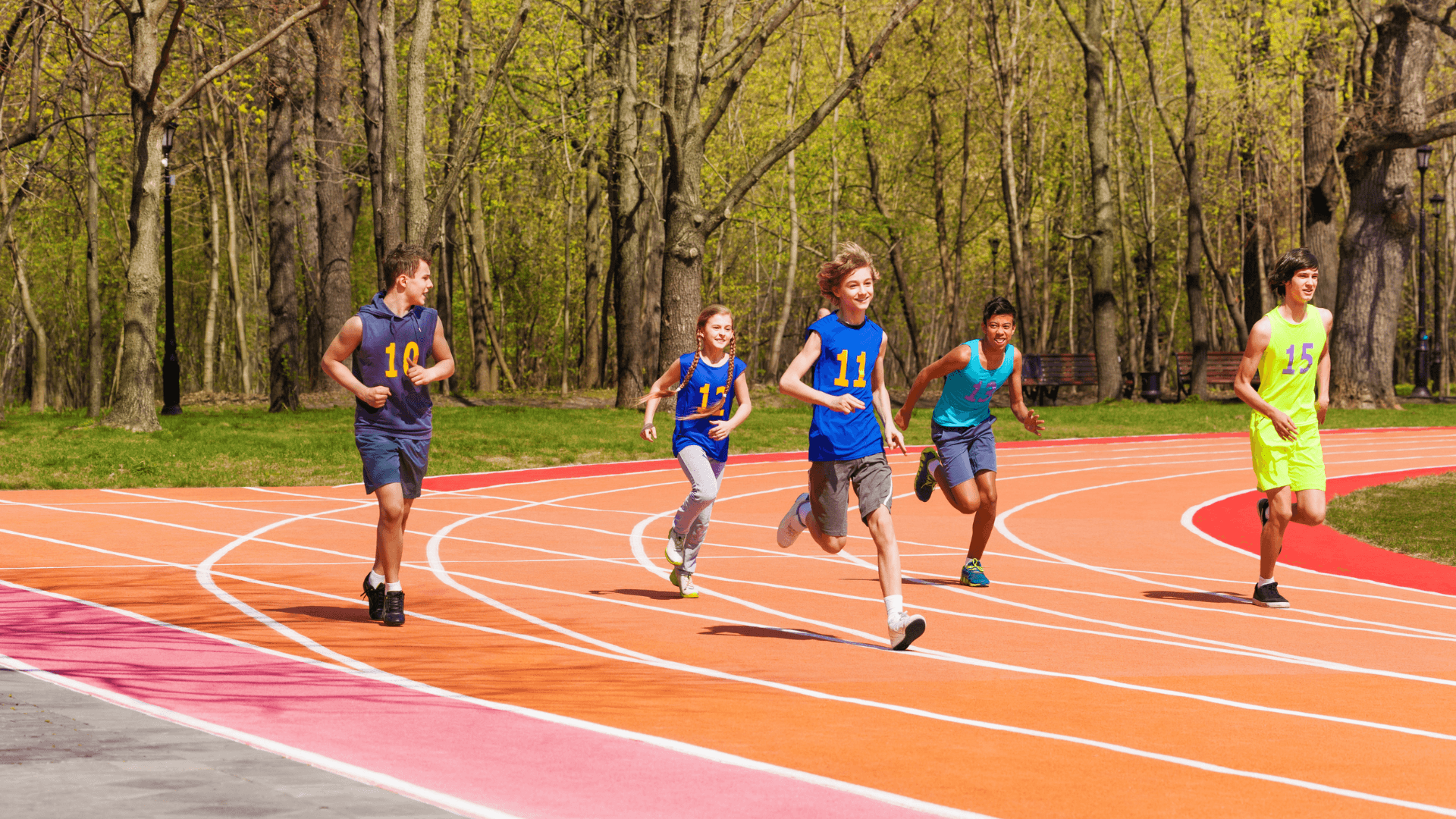
References
- 1. DiFiori JP, Benjamin HJ, Brenner JS, Gregory A, Jayanthi N, Landry GL, Luke A. Overuse injuries and burnout in youth sports: a position statement from the American Medical Society for Sports Medicine. Br J Sports Med. 2014;48(4):287–288.
- 2. Stricker PR, Faigenbaum AD, McCambridge TM. Resistance Training for Children and Pediatrics. 2020;145(6):e20201011
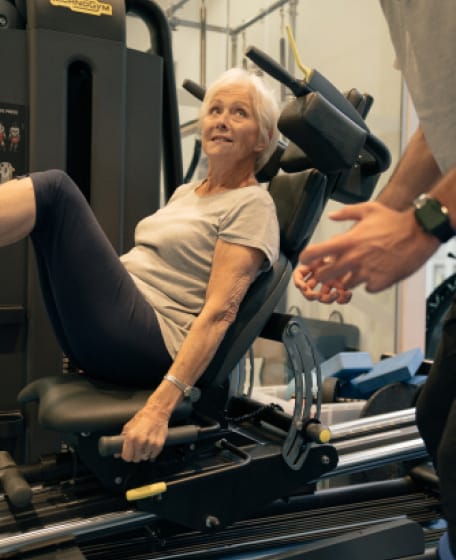
Advice
Over the last 20+ years our experts have helped more than 100,000 patients, but we don’t stop there. We also like to share our knowledge and insight to help people lead healthier lives, and here you will find our extensive library of advice on a variety of topics to help you do the same.
OUR ADVICE HUBS See all Advice Hubs